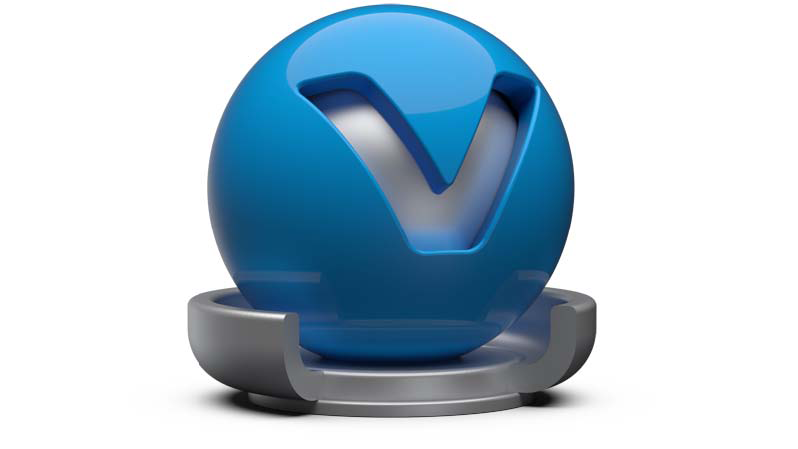Reflective Plastic

Reflective Plastic is suitable to simulate shiny or glossy surfaces from objects that are made of synthetic materials. It adds the ability to have a mirror image reflection of everything around on its surface.
Video captions: Create a reflective plastic material and assign it to a geometry. With Reflective Plastic Material, you can simulate highly reflective non-metallic surfaces like double-clearcoat finish. The Diffuse color of the reflective plastic material defines the material’s diffuse basic tint. The Specular Color, however, indicates the highlights color. Usually, this value should be white because, in nature, a lot of materials don’t have a coloration for the highlight. The reflection of a reflective plastic material is never scattered and is, therefore, always 100% sharp. The default value of 0.04 indicates the power of a reflection at a right angle of view. This value is adjusted to the materials, and, therefore, doesn’t have to be changed much to look realistic. If a texture is assigned to a reflective plastic material, the geometry’s UVs will be applied automatically.
Reflective Plastic Material
Diffuse Color - This attribute defines the base color, the main characteristic of the material. Use the slider to change the brightness. Click the color field on the right to open the color chooser. Assigning a texture to the diffuse color projects it onto the surface. The appearance is a combination of the defined color and the assigned texture.
Specular Color - Sets the material’s color for surfaces specular reflections. Use the slider to change the brightness. Click the color field on the right to open the color chooser. Assigning a texture to the specular channel defines areas in which different specular intensities appear with the help of a texture. The specular color depends finally on both the defined color and the assigned texture file.
Reflectivity - Sets the specular reflection intensity when the surface normal is directly facing the viewer. The intensity of the reflection increases based on the Fresnel term when the angle between the viewer and the surface normal increases. The higher the value the more the influence from environment and objects around.
Fresnel Term Quality - Describes the intensity of a reflection, based on the viewing angle. The material reflectivity or Fresnel IOR parameter control its intensity at normal incidence, depending on the chosen Fresnel Term Quality mode.
- Fast - Uses a fast, but less accurate, approximation to the Fresnel Term.
- Accurate - Uses a physically accurate evaluation of the Fresnel Term.
Diffuse Texture
For further information on the Texture settings, refer to the Phong material Diffuse Texture section.
As of v2023, Reflective Triplanar materials were deprecated. When these materials are now imported into VRED, they are converted to Reflective Plastic.
Triplanar mappings use three values, X, Y, and Z, instead of two with UVs. In the Realistic tab > Diffuse Texture section of a plastic material, enable Use Texture and click the folder icon to upload a picture file. Now, you can access the Mapping Type option and set it to Triplanar. Set the texture size, then use the X, Y, and Z Repeat UV, Offset UV, and Rotate values to align the texture and make individual changes.
Specular Texture
The specular texture settings are identical to the settings for the diffuse texture. The only difference is that the texture is loaded into the specular channel.
For further information on the texture settings, refer to the General Truelight Material Diffuse Texture section.
Bump Texture
Bump mapping enables the creation of structure to the materials surface. The Bump slider controls the height of that effect. A higher value results in more depth structure. If a texture is assigned to the bump map channel, it is used as a pattern figure on surface illustration. If no texture is assigned, a default noise map is used instead; Structure size affects then scale.
- Bump Affects Specular Reflections - Controls whether the bump should affect specular reflections or not.
For further information on the texture settings, refer to the General Truelight Material Diffuse Texture section.
For further information on the other attributes, see the following: